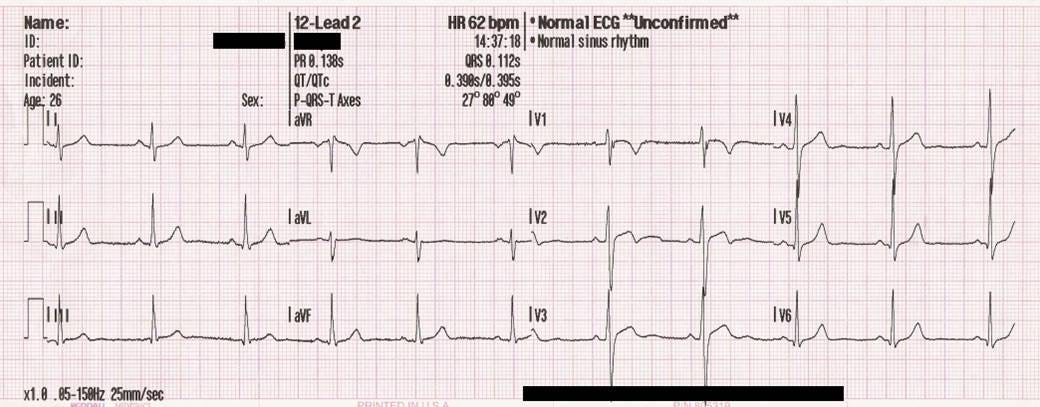ECG Heartbeat Classification: A Deep Transferable Representation
Electrocardiogram (ECG) can be reliably used as a measure to monitor the functionality of the cardiovascular system. Recently, there has been a great attention towards accurate categorization of heartbeats. While there are many commonalities between different ECG conditions, the focus of most studies has been classifying a set of conditions on a dataset annotated for that task rather than learning and employing a transferable knowledge between different tasks. In this paper, we propose a method based on deep convolutional neural networks for the classification of heartbeats which is able to accurately classify five different arrhythmias in accordance with the AAMI EC57 standard. Furthermore, we suggest a method for transferring the knowledge acquired on this task to the myocardial infarction (MI) classification task. We evaluated the proposed method on PhysionNet's MIT-BIH and PTB Diagnostics datasets. According to the results, the suggested method is able to make predictions with the average accuracies of 93.4% and 95.9% on arrhythmia classification and MI classification, respectively.
PDF AbstractCode
Datasets
Introduced in the Paper:
ECG Heartbeat Categorization DatasetUsed in the Paper:
MIT-BIH Arrhythmia Database







